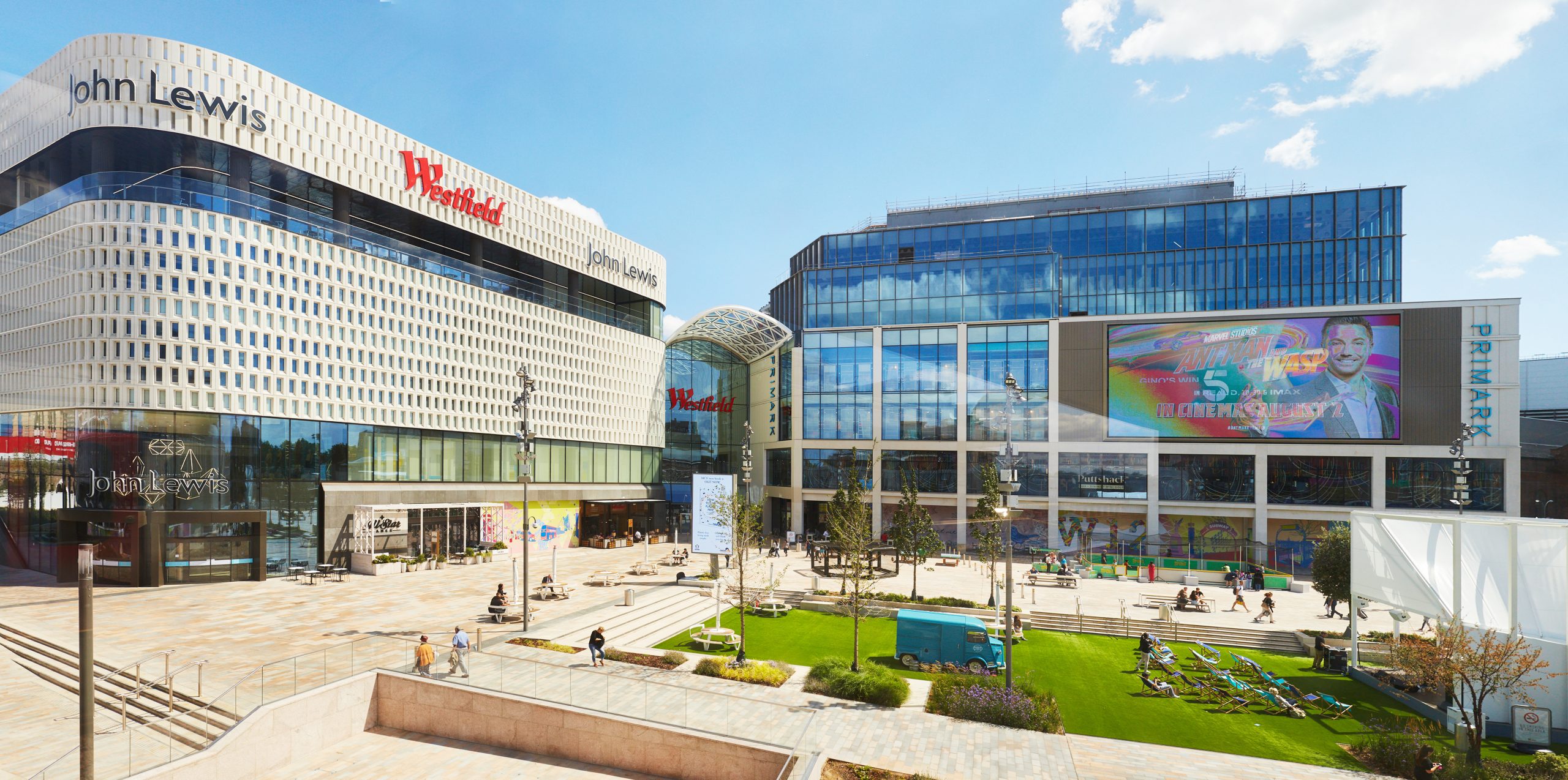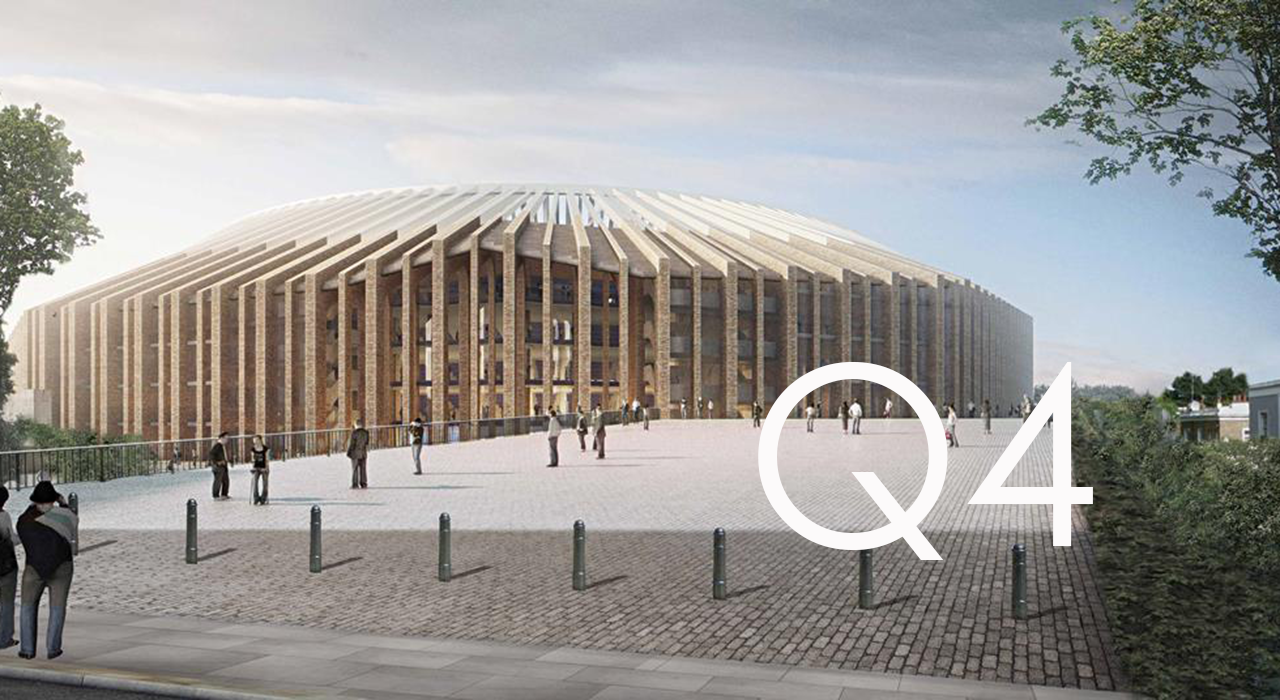Permitted Development Rights (PDR)
The article (see related articles) was about the lack of supply of industrial in outer London, as it is one of the few articles on the negative impact that lack of housing and permitted development rights (PDR) are having on commercial property.
This problem will be further exacerbated if new permitted development for B1c light industrial (for example, change of use to residential without planning consent) that the government is consulting on is granted.
A bit like empty rates legislation, central government may have acted in good faith but the outcomes can be negative. The theory on PDR for offices uses words like ‘underused’ or ‘brownfield’ to describe the offices that could be changed to residential.
The reality in most of London is that there is no reference to underused or vacant in the legislation, so from Zone 2 outwards, great swathes of land are being irreversibly converted to private residential despite them being vibrant, let and offering job opportunities.
This lack of supply increases office costs for tenants and forces them to move from outer London to the already-congested centre. This is not good for London transport generally, or employment in outer London boroughs.
If the legislation was set up for the benefit of the economy this impact now needs to be considered. The need for housing must be balanced with the need for offices and industrial. The need for a reasoned debate is greater than ever.
Justin Clack, director, Frost Meadowcroft
Link to article in Property Week 15 August 2014















